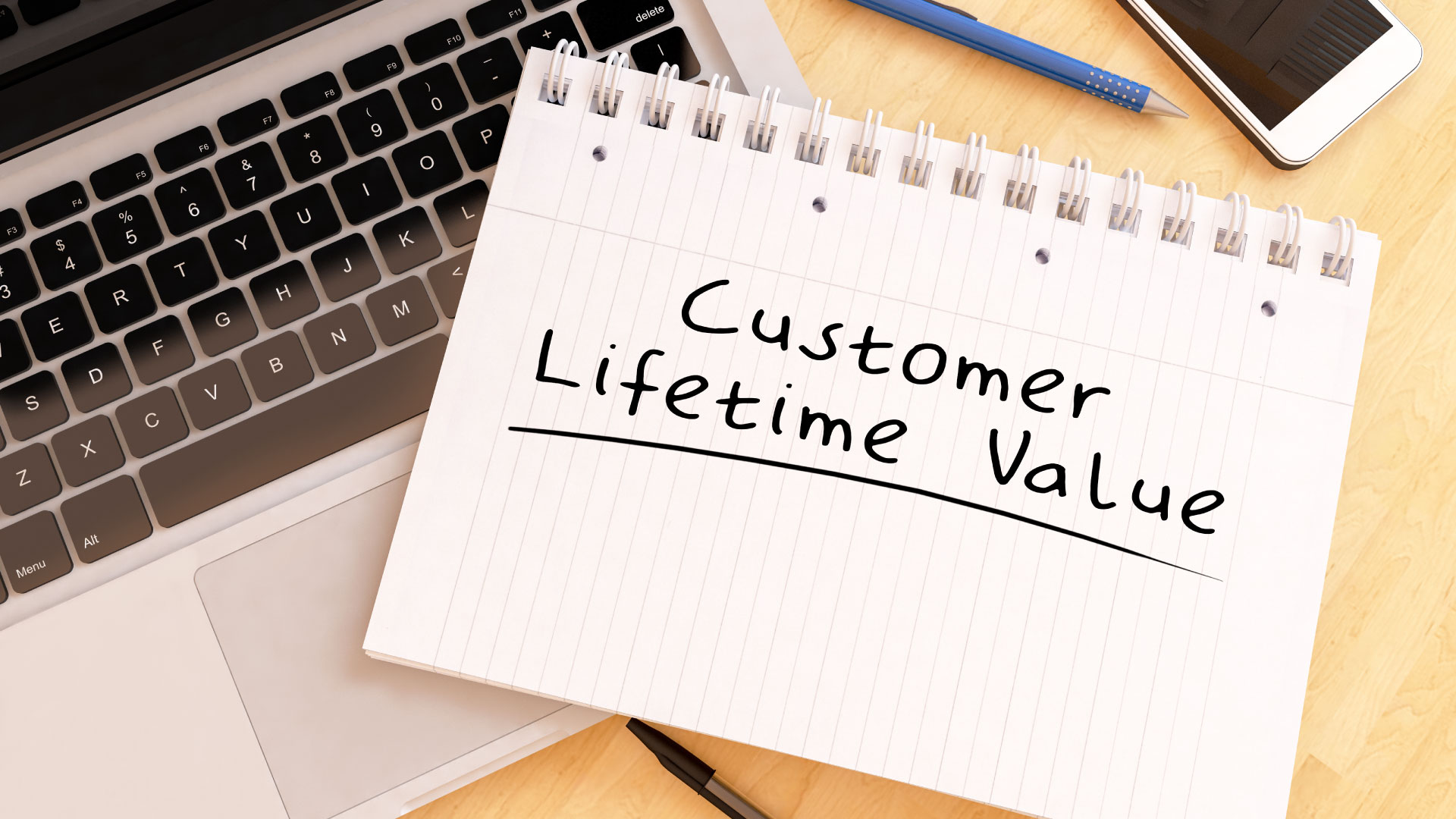Knowledge is power, and this couldn’t be truer than in marketing. As a fractional Chief Marketing Officer and the owner of Great Impressions Advertising and Marketing, I often meet business owners who struggle to track their marketing KPIs. Two of the most critical metrics are Customer Acquisition Cost (CAC) and Customer Lifetime Value (CLV).
These aren’t just numbers—they are the foundation of a successful marketing strategy. Without understanding both, businesses risk wasting resources, missing opportunities, and failing to maximize their return on marketing investment (ROMI). However, once you grasp CLV and CAC, you can take control of your marketing, making confident and informed decisions that drive growth.
What is Customer Lifetime Value (CLV)?
Customer Lifetime Value (CLV) is a projection of the total revenue a business can expect from a single customer over the course of their relationship. It includes not just the initial purchase but also repeat sales, cross-sells, upsells, and the customer’s overall longevity. Essentially, it answers the question, “How much is a customer worth to my business over time?”
For example, if a customer makes a $100 purchase every year for five years, and your profit margin is 20%, their CLV would be $100.
The Importance of Knowing Your Customer Acquisition Cost (CAC)
Customer Acquisition Cost (CAC) represents the total cost of acquiring a new customer, including marketing and sales expenses. Knowing your CAC is crucial because it tells you how much it costs to bring in a new customer. But CAC is only half the story—when combined with CLV, it becomes a powerful tool for guiding your marketing strategy.
Why CLV and CAC Together Matter
Knowing your CLV and CAC together is key to a successful marketing strategy. Here’s why:
1. Optimize Marketing Spend
When you know your CLV and CAC, you can calculate your ROI accurately. If your CLV is much higher than your CAC, your marketing is likely profitable. However, if your CAC is too close to or exceeds your CLV, it’s a warning sign that changes are needed.
2. Tailor Customer Acquisition Strategies
Different customer segments may have varying CLVs, meaning they are worth more or less to your business over time. This allows you to tailor acquisition strategies to focus on high-value customers. For instance, spending more on acquiring customers with higher CLVs might be worth it, as they will generate more revenue in the long run.
3. Drive Sustainable Growth
Tracking CLV and CAC helps you scale your business sustainably. When you know how much it costs to acquire a customer and how much revenue that customer will bring in, you can forecast growth better, set realistic goals, and allocate resources more effectively.
4. Improve Customer Retention
CLV isn’t just about acquisition—it’s also about retention. By understanding your customers’ lifetime value, you can spot opportunities to increase that value through targeted retention strategies like loyalty programs or personalized marketing.
How to Calculate and Use CLV and CAC
- Calculate Your CLV: Multiply the average purchase value by the number of purchases per year and the average customer lifespan. For example, if a customer spends $200 per year and typically remains a customer for three years, their CLV is $600.
- Calculate Your CAC: Divide your total marketing and sales costs by the number of new customers acquired in a specific period. For example, if you spent $5,000 on marketing and acquired 50 customers, your CAC is $100.
- Analyze the Relationship: Compare your CLV to your CAC. Your CLV should be at least three times higher than your CAC. This 3:1 ratio is a good benchmark for sustainable growth.
- Adjust Strategies: If your CAC is too high compared to your CLV, consider optimizing your marketing channels, improving your sales funnel, or focusing on customer retention to increase CLV.
Understanding your Customer Lifetime Value (CLV) and Customer Acquisition Cost (CAC) is not just a best practice—it’s essential for maximizing the efficiency of your marketing spend and driving growth. When you know how much it costs to acquire a customer and how much that customer is worth over time, you can make smarter decisions that lead to higher profits and sustainable growth.
If you’re not already tracking these metrics, now is the time to start. The insights gained from understanding your CLV and CAC can transform your marketing strategy and set your business on a path to greater success.




